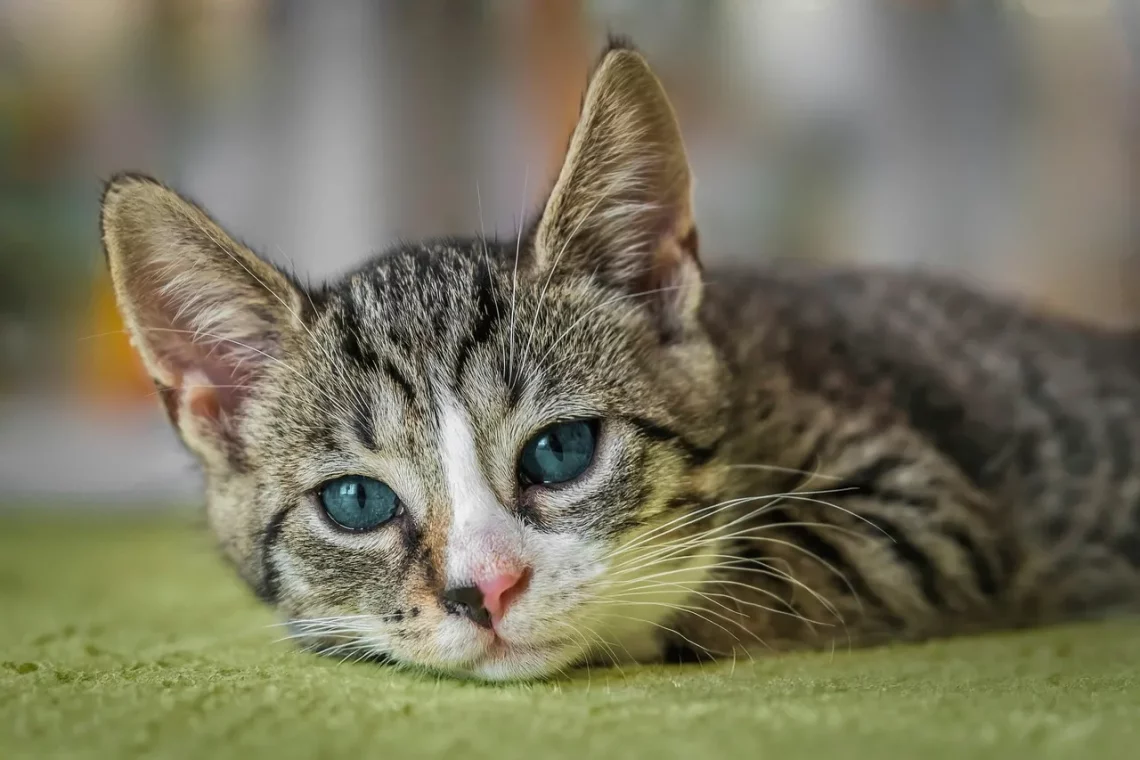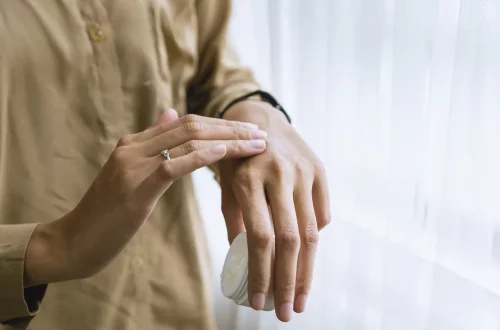
How to Treat Your Cat’s Eye Infection at Home Safely and Effectively
Cats are known for their playful demeanor and affectionate nature, but like all pets, they can face health issues that require attention. One common problem that cat owners may encounter is eye infections. These infections can be caused by a variety of factors, including bacteria, viruses, allergens, or even foreign objects. Symptoms can range from redness and swelling to excessive tearing and discharge, which can be distressing for both the cat and its owner.
Understanding how to approach this issue can be daunting, especially for first-time pet owners. It’s essential to recognize that while some mild eye infections can be treated at home, more severe cases may require veterinary intervention. However, the comfort of knowing that you can take initial steps to help your furry friend is invaluable. With a calm approach and the right knowledge, you can create a supportive environment that aids in your cat’s recovery. Taking the time to observe your cat’s behavior and symptoms will help you decide on the best course of action.
This article will guide you through safe and effective methods for treating your cat’s eye infection at home, ensuring that your beloved pet receives the care it needs while minimizing discomfort.
Identifying the Symptoms of Eye Infections
Recognizing the symptoms of an eye infection in cats is crucial for timely and effective treatment. The eyes are sensitive organs, and any signs of distress can indicate an underlying issue that needs attention. Common symptoms include redness of the eye, swelling of the eyelids, excessive tearing, and discharge that may be clear, cloudy, or even pus-like in appearance. Cats may also exhibit behaviors such as pawing at their eyes or squinting, which can indicate discomfort or irritation.
Pay attention to any changes in your cat’s behavior, as these can be telltale signs of an eye infection. For instance, if your cat suddenly becomes less active or is reluctant to engage in normal play, it may be feeling unwell. Additionally, changes in appetite or grooming habits can also signal that something is wrong.
It’s important to differentiate between mild irritation and a more serious infection. Mild cases may resolve on their own, especially if they are due to environmental factors such as dust or allergies. However, if you notice persistent symptoms or if your cat’s condition worsens, it is crucial to seek veterinary assistance.
Understanding how to assess your cat’s symptoms allows you to take appropriate action. If the symptoms are mild, you can proceed with home care, but if they are severe, do not hesitate to contact your veterinarian. Prompt action can prevent complications and ensure a quicker recovery for your feline friend.
Home Remedies for Mild Eye Infections
If you’ve identified that your cat has a mild eye infection, there are several home remedies you can consider to provide relief. One of the simplest and most effective methods is to use a warm compress. A clean, soft cloth soaked in warm water can be applied gently to your cat’s eye for a few minutes. This can help soothe irritation, reduce swelling, and loosen any discharge. Make sure the cloth is not too hot, as cats have sensitive skin.
Another beneficial remedy is using saline solution. You can create a simple saline solution at home by mixing 1 teaspoon of salt in 1 cup of warm distilled water. Using a clean dropper or a cotton ball, you can apply the solution to your cat’s eye. This can help flush out any debris or irritants that may be causing discomfort.
Herbal remedies, such as chamomile tea, can also be helpful. After brewing the tea and allowing it to cool, you can use it as a compress. Chamomile has anti-inflammatory properties that can soothe irritated eyes.
While these home remedies can be effective for mild infections, it is important to monitor your cat’s condition closely. If there is no improvement after a couple of days, or if symptoms worsen, it is essential to consult a veterinarian.
Additionally, ensure that your cat is in a clean environment, as this will help prevent further irritation. Regular cleaning of your cat’s living area and minimizing exposure to allergens can contribute to a quicker recovery.
Preventing Future Eye Infections in Cats
Prevention is always better than cure, especially when it comes to your pet’s health. There are several proactive steps you can take to reduce the risk of eye infections in your cat. Regular grooming is one of the most effective ways to keep your cat’s eyes healthy. Brush your cat frequently to remove loose fur and dander that can irritate the eyes.
Another important aspect is to maintain a clean living environment. Regularly clean your cat’s bedding, litter box, and play areas to minimize exposure to dust, allergens, and bacteria. If your cat spends time outdoors, be cautious of potential irritants in the environment, such as pollen or dirt.
Routine veterinary check-ups are also crucial for your cat’s overall health. During these visits, your veterinarian can assess your cat’s eyes and overall health, allowing for early detection of any potential issues. Vaccinations can also protect against certain viral infections that may affect the eyes.
Finally, pay attention to your cat’s diet, as a healthy diet can strengthen their immune system. Providing a balanced diet rich in vitamins and minerals can help your cat fight off infections more effectively.
By taking these preventive measures, you can help ensure that your cat remains healthy and reduces the likelihood of future eye infections. Remember, a proactive approach is key to your pet’s well-being.
When to Seek Professional Help
While many mild cases of eye infections can be treated at home, there are certain situations where seeking professional veterinary help is essential. If your cat displays severe symptoms such as significant swelling, persistent bleeding, or if the discharge is green or yellow, these can indicate a more serious infection that requires immediate medical attention.
Cats that are squinting, keeping their eyes closed, or showing signs of pain should also be evaluated by a veterinarian. Other signs that warrant a visit to the vet include changes in your cat’s appetite or behavior, or if the infection does not improve within a few days of home treatment.
It’s essential to remember that some eye infections can be a sign of underlying health issues, such as upper respiratory infections or feline herpesvirus. In such cases, professional diagnosis and treatment are necessary to address the root cause.
If you are ever uncertain about your cat’s condition, it is always better to err on the side of caution and consult with a veterinarian. They can provide tailored advice and treatment options that are specific to your cat’s needs.
In conclusion, while there are effective home treatments for mild eye infections in cats, being vigilant about symptoms and knowing when to seek professional help can ensure your feline friend stays healthy and happy.
**Disclaimer:** This article is for informational purposes only and should not be considered medical advice. Always consult your veterinarian for any health concerns regarding your pet.




